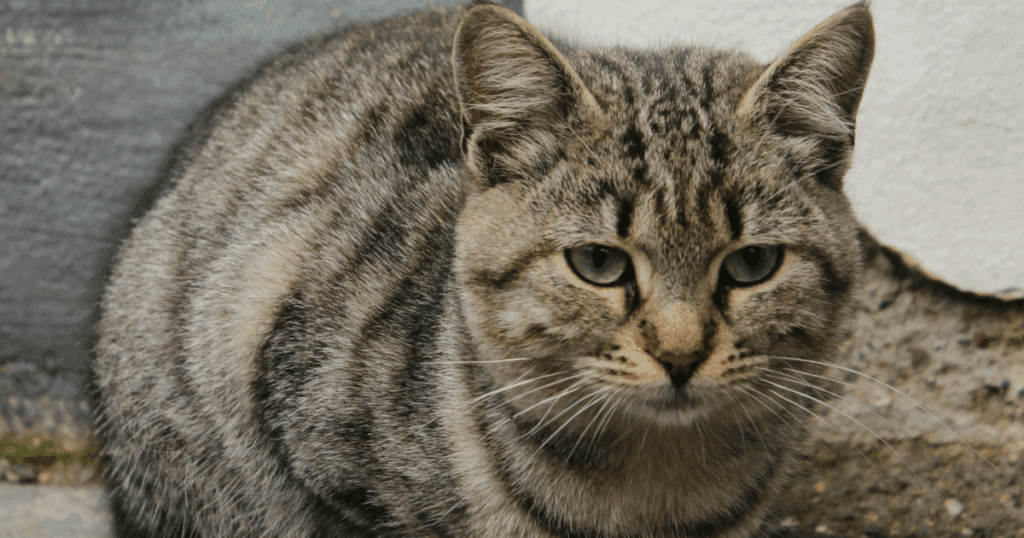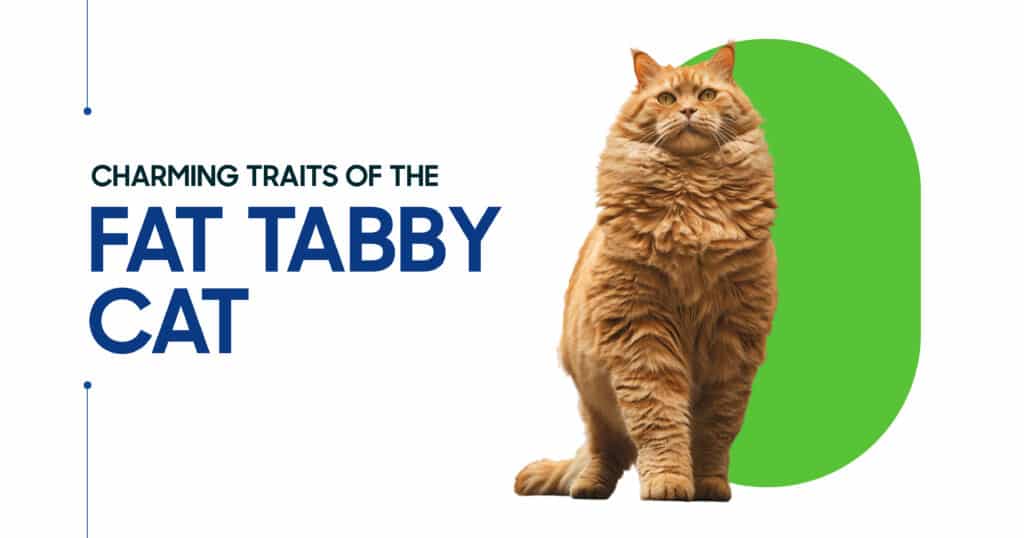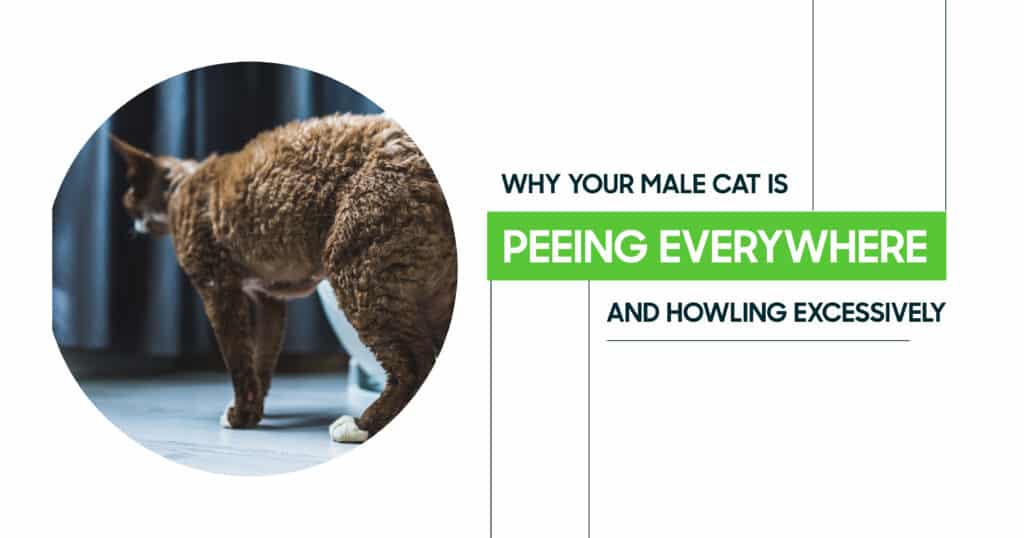Round, fluffy, and irresistibly lovable — few sights warm the heart like a fat tabby cat lounging lazily on the couch or curling up in a sunny spot. With their signature stripes, endearing expressions, and gentle personalities, tabby cats have long been adored as family favorites.
But as cute as a chubby feline may appear, there’s a fine line between charmingly plump and dangerously overweight. Understanding your tabby’s unique traits, health needs, and habits can help you strike the right balance — keeping them both happy and healthy.
Let’s dive into what makes the plump tabby so captivating, and how to ensure that your beloved companion enjoys a long, purr-filled life.
Understanding the Appeal of the Fat Tabby Cat
The tabby cat’s charm lies not only in its beautiful coat patterns — from mackerel stripes to marbled swirls — but in its warm, social nature. These cats often develop deep bonds with their owners, making them some of the most affectionate and expressive feline companions.
A fat tabby cat tends to look especially huggable, with soft rolls, plush fur, and an unbothered demeanor that radiates calm. Many owners associate a little extra weight with comfort and contentment — but this perception can be misleading.
While their “roundness” might make them seem extra cuddly, excess weight can quietly lead to health risks over time, including diabetes, joint strain, and heart disease. The key is to appreciate their cozy charm while also being mindful of their well-being.

Distinct Physical Traits and Behaviors of Big Tabbies
Tabbies come in all shapes and sizes — from slim, active hunters to large tabby cats who prefer lounging near the food bowl. But certain traits make the bigger tabbies stand out. The following are features of a large Tabby cat:
| Trait | Description |
| Rounded Appearance | A chunky tabby typically has a broad torso and plush belly, giving it a soft, teddy bear-like silhouette that makes them irresistibly cuddly. |
| Dense, Patterned Coat | The distinctive “M” marking on the forehead and bold stripes or swirls across the body stay visible, even when the fur thickens with added weight. |
| Relaxed Temperament | Larger tabbies often develop calm, easygoing personalities. They love routine, naps, and quality time with their favorite humans. |
| Loyal Companionship | Many plump tabbies are known for following their owners around, expressing affection through slow blinks, gentle headbutts, and constant companionship. |
Recognizing When a Fat Tabby Becomes Overweight
It’s important to distinguish between a naturally big tabby cat and one that’s become overweight. Just like people, cats vary in size and bone structure — some are naturally stockier without being unhealthy.
Identifying an Overweight Tabby
Here’s how to tell if your stout tabby has crossed the line into unhealthy weight gain:
- Ribs Are Hard to Feel: You should be able to gently feel your cat’s ribs under a thin layer of fat. If you can’t, it’s a sign of excess weight.
- Sagging Belly Pouch: While most cats have a slight abdominal flap (called the primordial pouch), an enlarged, swinging belly may suggest obesity.
- Lack of Definition: When viewed from above, a healthy cat should have a visible waistline. If your cat looks oval-shaped or round throughout, it’s time to evaluate their diet.
- Reduced Mobility: A heavyset tabby may have trouble jumping, grooming properly, or moving with agility.
According to the Association for Pet Obesity Prevention, over 60% of household cats in the U.S. are overweight — making obesity one of the most common feline health concerns today.
Supporting the Health and Happiness of Heavyset Cats
A plump tabby can live a long and joyful life with the right balance of nutrition, exercise, and affection. The goal isn’t to transform your cat overnight, but to help them thrive with gentle, consistent changes. These are the tips for keeping your cat healthy:
| Area | Recommendation |
| Dietary Balance | Switch to high-protein, low-carbohydrate cat food designed for weight management. Portion control is key — avoid free-feeding. |
| Scheduled Feeding | Feed smaller, measured portions two to three times a day rather than keeping the bowl full. Cats respond well to routine. |
| Play and Exercise | Encourage 10–15 minutes of active play daily using laser pointers, feather wands, or interactive toys. Short bursts of activity help boost metabolism. |
| Environmental Enrichment | Create vertical spaces and scratching posts to promote natural movement. Puzzle feeders can make mealtime more stimulating. |
| Regular Vet Checkups | Schedule routine weigh-ins and exams with your vet to track progress and rule out underlying health conditions. |
Ensuring a Healthy Future with Vet Today
At Vet Today, we understand that every big tabby cat has its own unique personality, needs, and health challenges. Our team provides compassionate, tailored care to ensure your cat maintains a healthy weight while still enjoying the comfort and treats they love. Remember, a fat tabby cat isn’t just adorable — they’re family. With proper care, attention, and guidance from Vet Today, you can help your cat stay both cuddly and healthy for years to come.

FAQs
What are the best dietary practices for managing a chubby feline’s weight?
Choose high-quality, protein-rich food with controlled calories. Measure portions carefully and avoid giving excessive treats to maintain a healthy balance.
How can I tell if my tabby cat has become an overweight tabby?
If you can’t easily feel your cat’s ribs, notice a sagging belly, or see a rounded shape with no waistline, your cat may be overweight and should be evaluated by a vet.
What exercise routines are suitable for a large tabby cat?
Encourage short, engaging play sessions using toys that stimulate hunting instincts — such as laser pointers, balls, or feather teasers. Daily movement is key for maintaining mobility.
Are there specific health concerns for a heavyset tabby that owners should monitor?
Yes. Overweight cats are prone to diabetes, arthritis, liver disease, and heart problems. Regular vet visits can help catch these issues early.
What lifestyle changes can help a plump tabby maintain a healthier weight?
Structured meal times, interactive play, and routine weigh-ins are essential. Providing stimulating environments and limiting high-calorie treats can also make a big difference.





